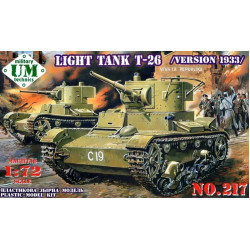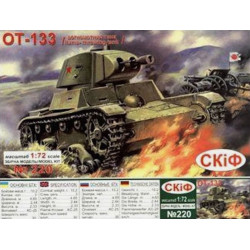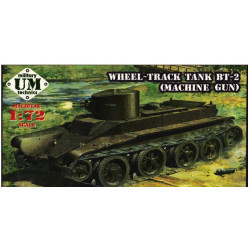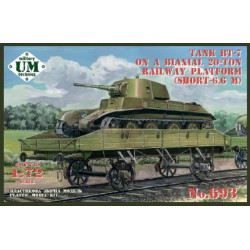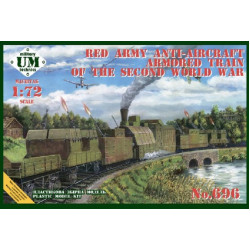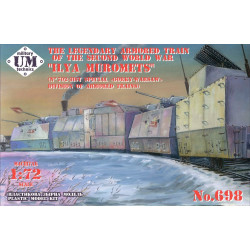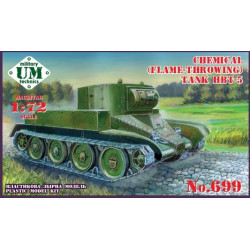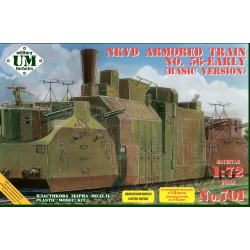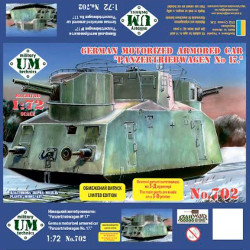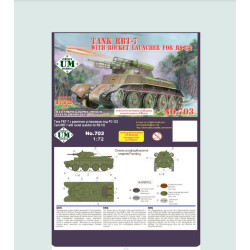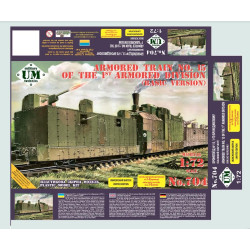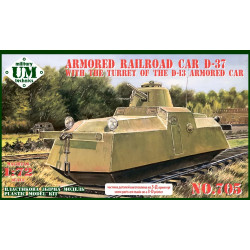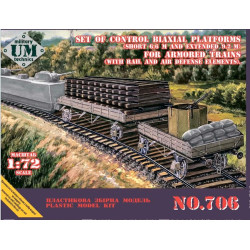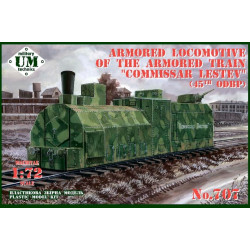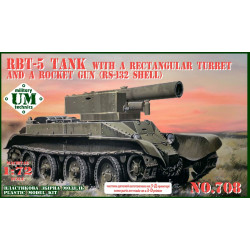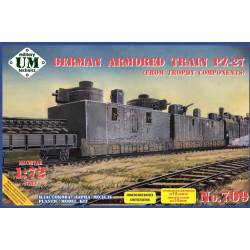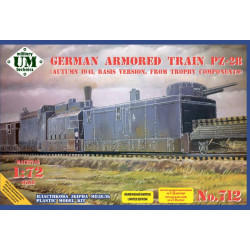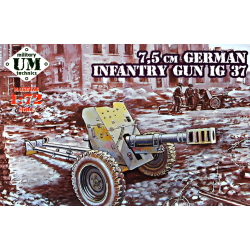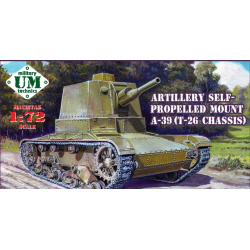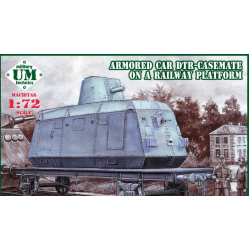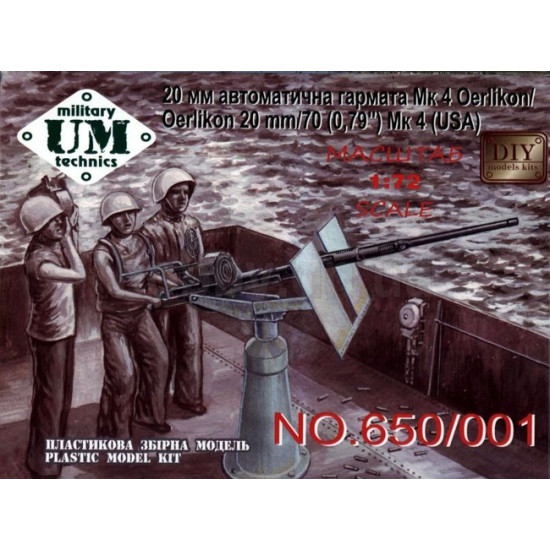
Oerlikon 20 mm/70 (0,79") Мк 4(USA) WWII
1/72scale plastic model kit
UMmT 650-001
Manufacturer: UMmt (Ukraine)
Scale: 1/72
Material: Plastic
Condition: New in Box
The Oerlikon 20 mm cannon is a series of autocannons, based on an original German 20 mm Becker design that appeared very early in World War I. It was widely produced by Oerlikon Contraves and others, with various models employed by both Allied and Axis forces during World War II, and many versions still in use today.The Oerlikon FF was installed as armament on some fighters of the 1930s, such as the Polish PZL P.24G. Locally produced derivatives of the Oerlikon cannon were used much more extensively, on aircraft, on ships and on land. In the air, the Ikaria MG FF was used as armament on a number of German aircraft, of which the most famous is the Messerschmitt Bf 109. The Japanese similarly used the Type 99 cannon on a number of types including theMitsubishi A6M Zero.
The French firm of Hispano-Suiza was a manufacturer of aircraft engines, and it marketed themoteur-canon combination of its 12X and 12Y engines with a H.S.7 or H.S.9 cannon installed between the cylinder banks. The gun fired through the hollow propeller hub, this being elevated above the crankcase by the design of the gearing. Such armament was installed on the Morane-Saulnier M.S.406 and some other types. Similar German installations of the MG FF were not successful.
Diagrams showing basic design and colour-coding of British HE/Incendiary, Tracer and HE/Incendiary/Tracer shells for the 20 mm Oerlikon gun
The Oerlikon became best known in its naval applications. Initially the Oerlikon was not looked upon favorably by the Royal Navy as a short-range anti-aircraft gun. All through 1937-1938 Lord Louis Mountbatten, then a Captainin the Royal Navy, waged a lone campaign within the Royal Navy to set up an unprejudiced trial for the Oerlikon 20 mm gun, but it was all in vain. It was not until the Commander-in-Chief of the Home Fleet, Admiral Sir Roger Backhouse, was appointed First Sea Lord that Mountbatten's efforts bore fruit. During the first half of 1939 a contract for 1,500 guns was placed in Switzerland. However, due to delays and then later the Fall of France in June 1940 only 109 guns reached the United Kingdom. All Oerlikon guns imported from Switzerland in 1940 were mounted on various gun carriages to serve as light AA-guns on land.
Just a few weeks before the Fall of France, the Oerlikon factory approved manufacture of their gun in the United Kingdom, under license. The Royal Navy managed to smuggle out the necessary drawings and documents from Zürich. The production of the first British-made Oerlikon guns started in Ruislip, London, at the end of 1940; and the first guns were delivered to the Royal Navy in March or April, 1941.
1945, a row of 20 mm Oerlikon guns aboard the Essex-class aircraft carrierUSS Hornet
The Oerlikon gun was fielded in United States Navy ships starting in 1942, replacing the M2 Browning machine gun, which lacked range and firepower. It became famous in the naval anti-aircraft role, providing an effective defense at short ranges (in practice up to 1.5 km) at which heavier guns had difficulty tracking a target. The gun was eventually abandoned as a major anti-air weapon due to its lack of stopping power against heavy aircraft and against Japanese kamikaze attacks during the Pacific War. It was largely superseded by the Bofors 40 mm gun and the 3"/70 Mark 26 gun. It did, however, provide a useful increase in firepower over the .50 cal machine gun when adapted and fitted to some aircraft; however, it had some problems with jamming in the ammunition feed.
The Royal Canadian Navy popularized the use of the Oerlikon gun as an anti-ship and anti-submarine gun - while it was not effective against the armour of most larger ships, it was used extensively and effectively against U-Boats, and on the decks of larger ships. A handful of Corvettes were fitted with the weapon toward the end of the war, but it appeared more commonly on Frigates and Destroyers at the time.
The Oerlikon was also used as the basis for the Polsten gun, designed by Polish engineers in exile in the United Kingdom. The gun went into service in 1944, and was used well into the 1950s for, among other uses, on Cromwell tanks and early model Centurion tanks.
Oerlikon 20 mm cannon
Type
Autocannon
Service history
In service
1940–present
Wars
World War II, various
Production history
Designer
Reinhold Becker
Designed
1939
Manufacturer
Oerlikon
Produced
1940
Variants
Oerlikon FF, MG FF cannon
Specifications
Weight
L70: • Total gun barrel weight: 68.04 kilograms (150.0 lb)
• Minus breech mechanism: 20.865 kg (46.00 lb)
L85: • Empty: 92.0 kilograms(202.8 lb)
• Loaded with 200 rounds: 182.0 kg (401.2 lb)
Barrel length
L70: • Overall: 2,210 mm (87 in)
• Bore: 1,400 mm (55 in)
• Rifling: 1,246 mm (49.1 in)
L85: • Overall: n/a
• Bore: 1,700 mm (67 in)
• Rifling: n/a
Shell
L70: 20×110mm RB
L85: 20×128mm
Caliber
20 mm (0.787 in)
Barrels
Single barrel (progressive RH parabolic twist, 9 grooves)
Action
API blowback
Elevation
Manual training, typically able to depress to -15° and elevate to +90°
Traverse
Manual training, full 360°
Rate of fire
L70: • Cyclic: 450 rounds per minute
• Practical: Between 250 to 320 rounds per minute
L85: • Cyclic: 900 to 1,000 rounds per minute
Muzzle velocity
L70: • 820 m/s (2,700 ft/s)
L85: • 1,050 m/s (3,400 ft/s)
Effective firing range
Against low-flying aircraft (HE round),
L70: • 914 m (1,000 yd)
L85: • 1,500 m (1,600 yd)
Maximum firing range
HE round at 45°,
L70: • 4,389 m (4,800 yd)
L85: • 6,800 m (7,400 yd)
| General Product Info | |
| Material | NOT SET |
| Scale | 1/72 |
| Type | NOT SET |
We have the lowest worldwide shipping. And it's totally simple.
EUROPE, USA, CANADA TURKEY, ISRAEL, EGYPT, UE CHINA, JAPAN, HK, S.KOREA | AU NZ MX South America, Asia | |
| Order weight up to 0.22kg or 0.48lb | US$ 8.90 | US$ 8.90 |
| Order weight up to 0.44kg or 0.97lb | US$ 13.95 | US$ 17.90 |
| Order weight over 0.44kg or 0.97lb | US$ 19.99 | US$ 29.99 |
| Order total over $150 | FREE | PROMO US$ 19.99 |
Shipping to some countries not qualifies for the free shipping option but costs not over $29.99 for any sized order. Sorry for that, your location is too far.
- Stock: 5
- Model: UMT650/001
- Weight: 0.07lb
- DATE ADDED: 03/03/2014
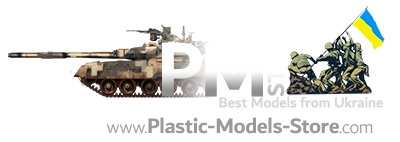
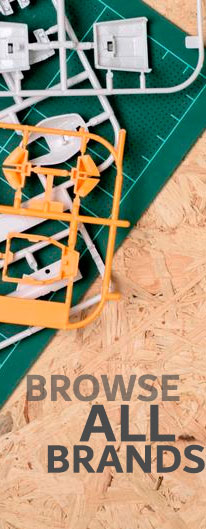

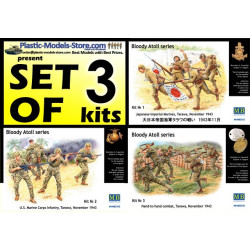
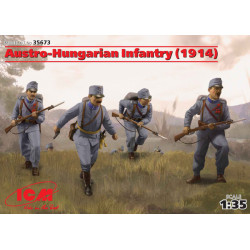

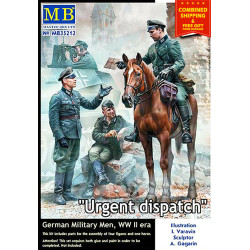
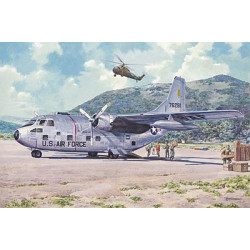
-250x250w.jpg)
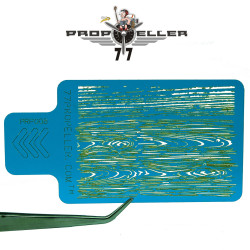
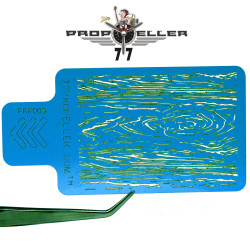

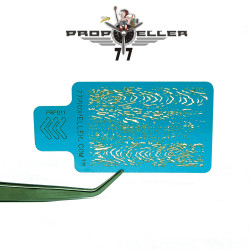
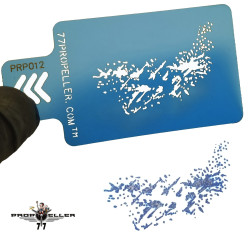
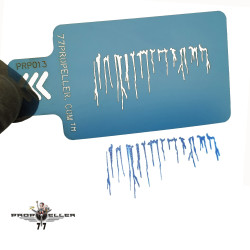
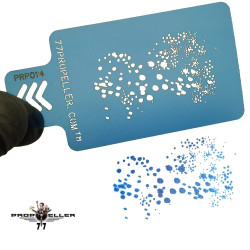

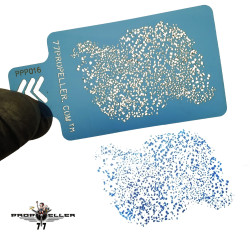

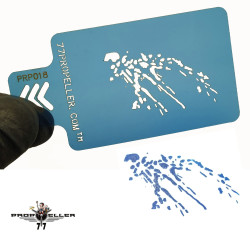

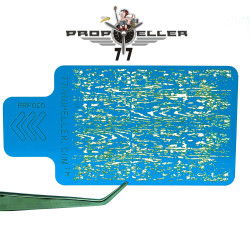
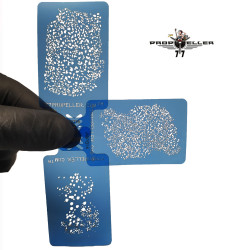

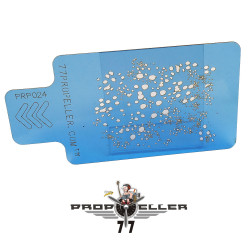
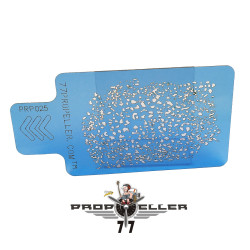
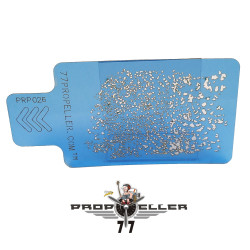
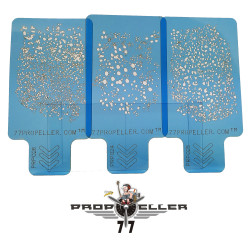
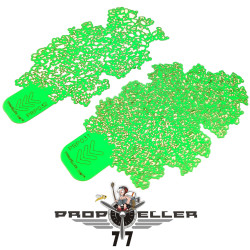
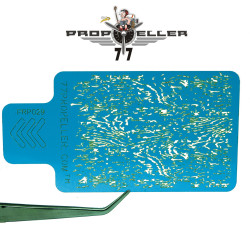
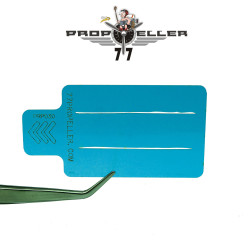
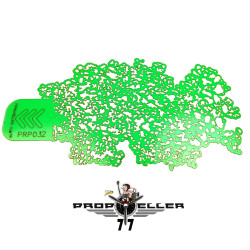
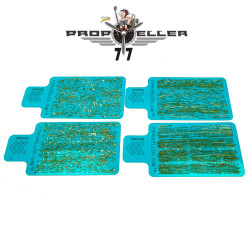
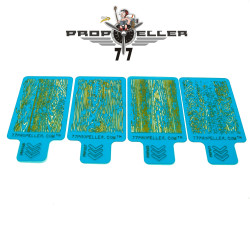
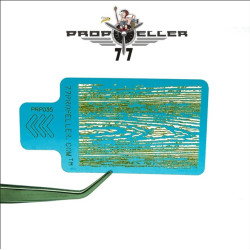
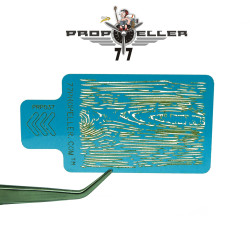
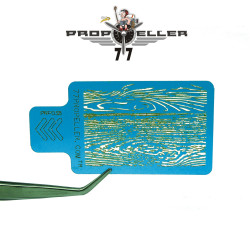
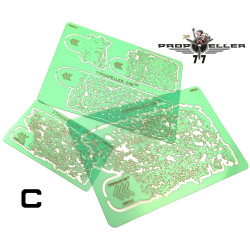
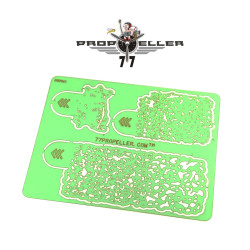
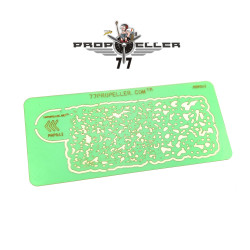
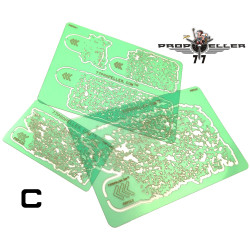
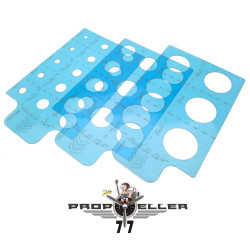
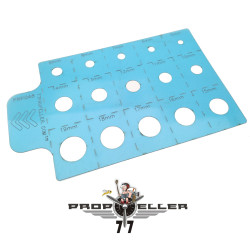
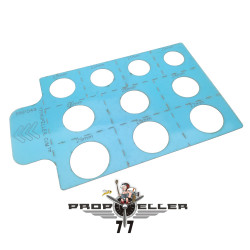
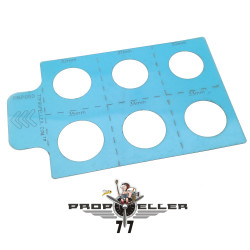
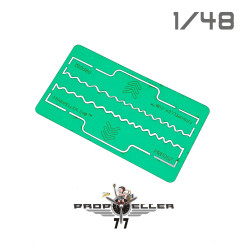
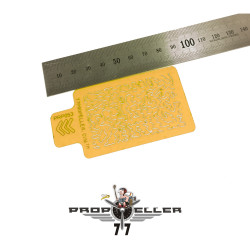
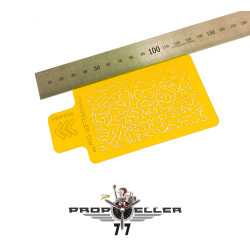
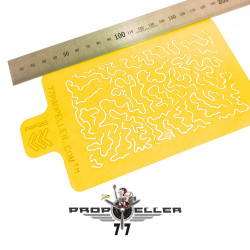
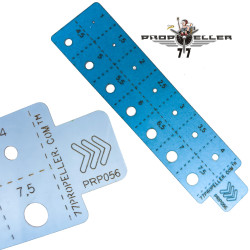
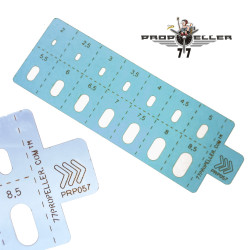
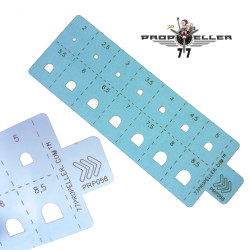
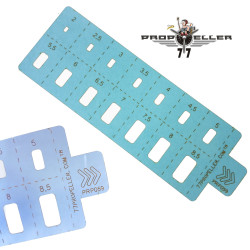
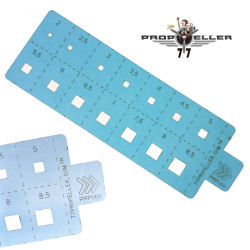
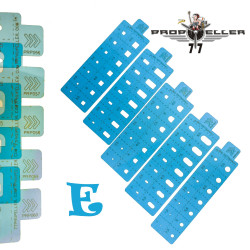
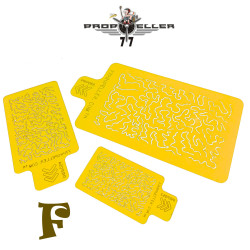
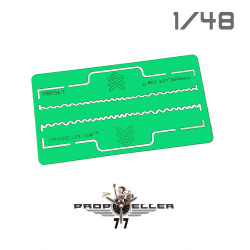

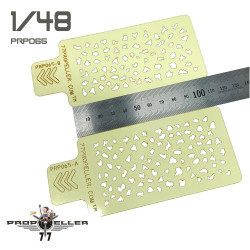
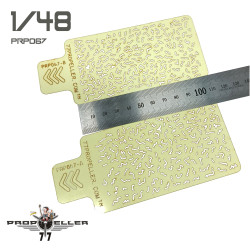
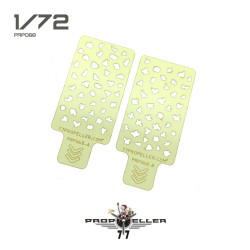

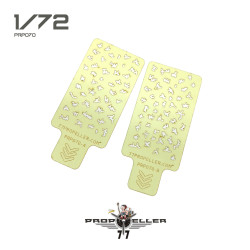
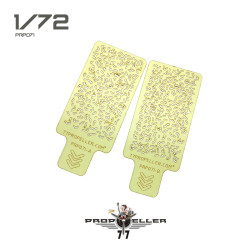
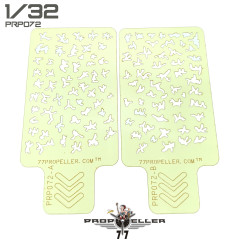
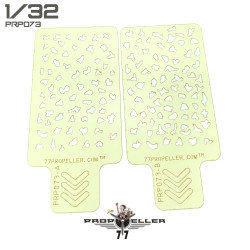
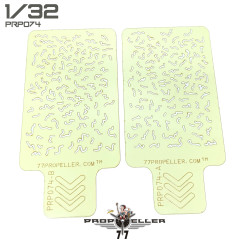
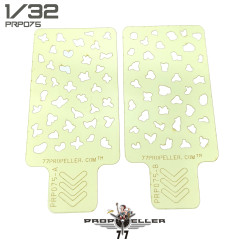
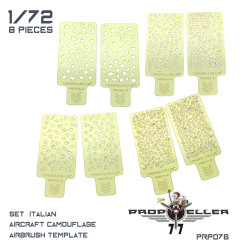
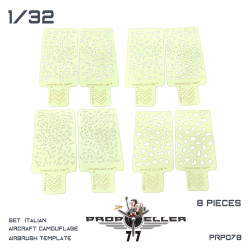
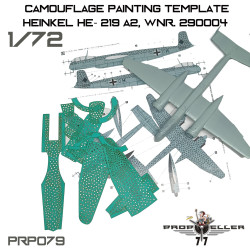
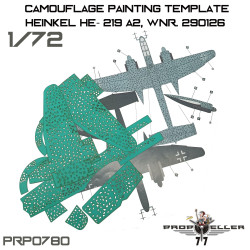
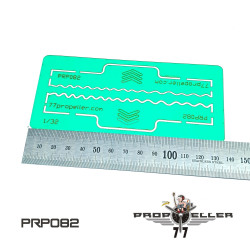
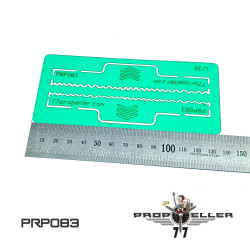
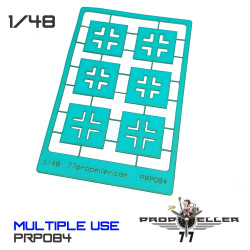
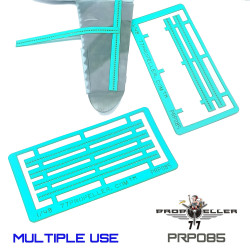
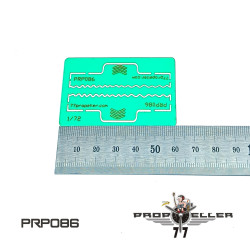
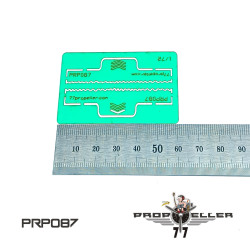
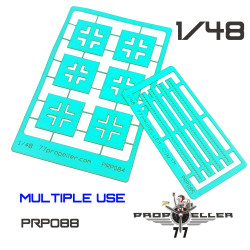
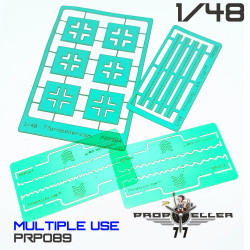
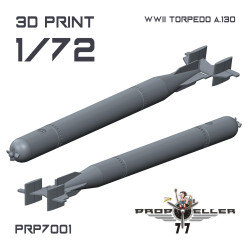
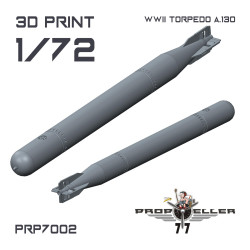
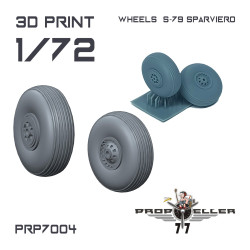
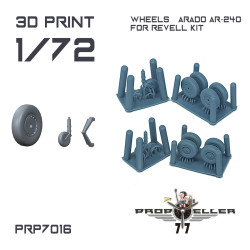
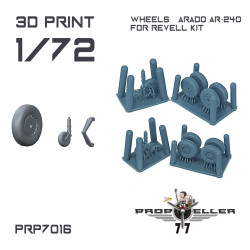
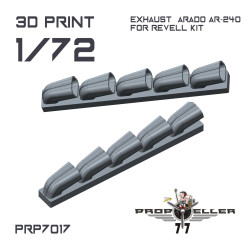
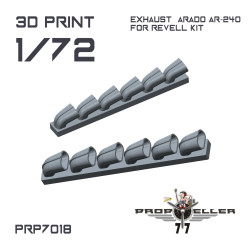

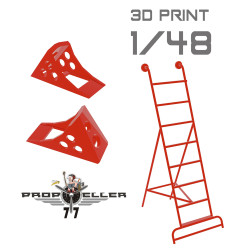
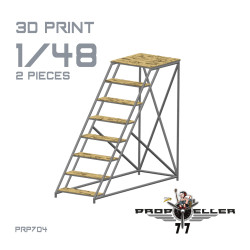
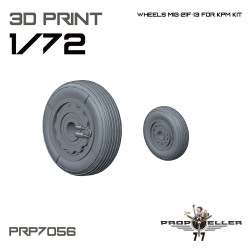
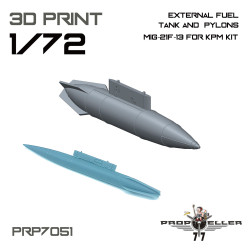
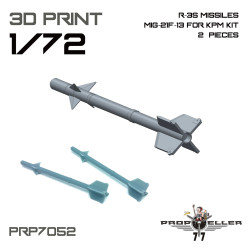
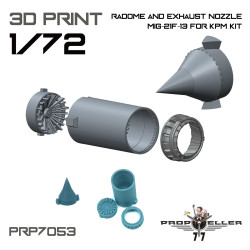
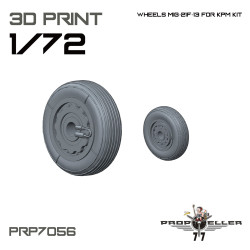
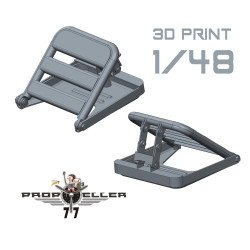
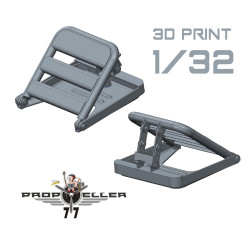
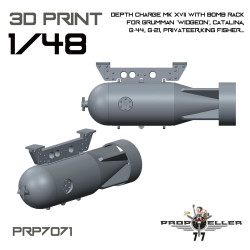
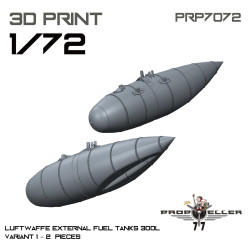
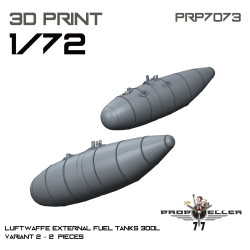
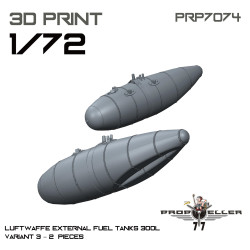
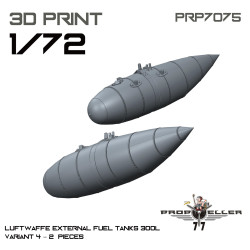
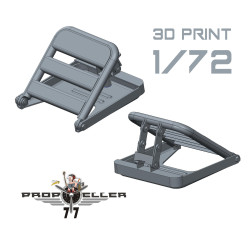










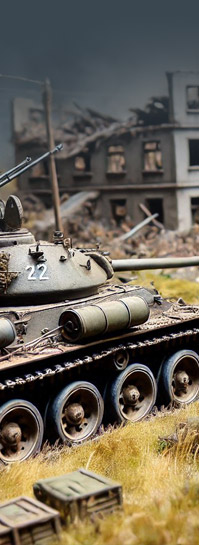

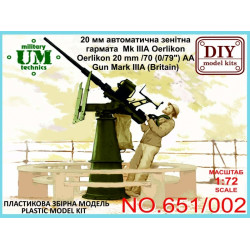
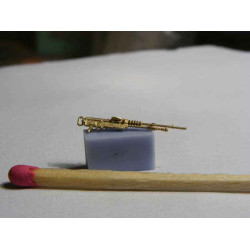
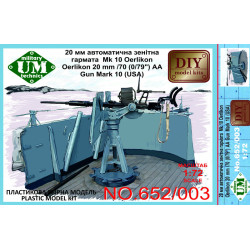
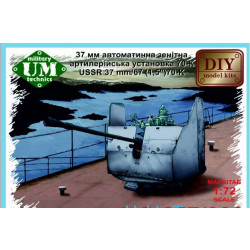
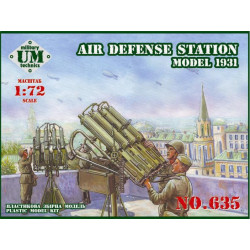
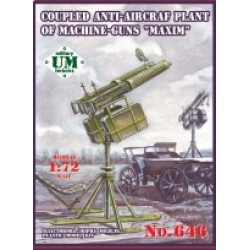
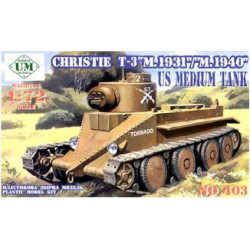
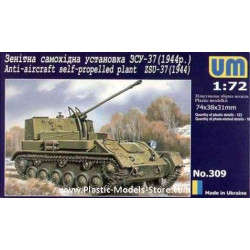

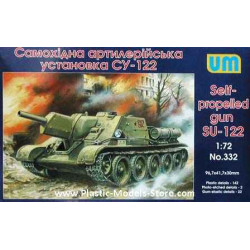

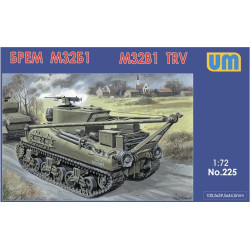
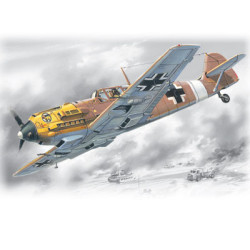
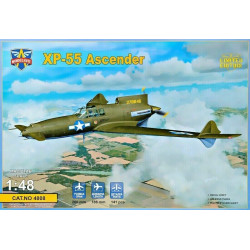

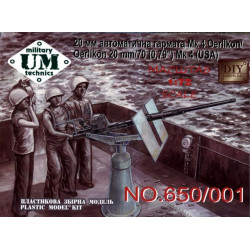
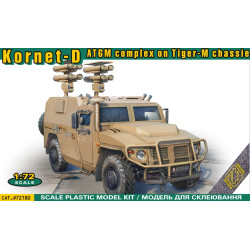

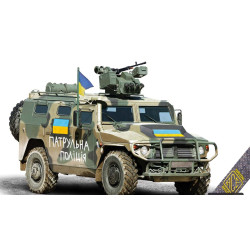
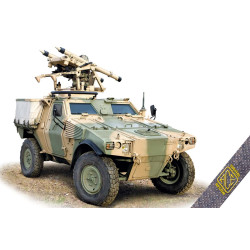
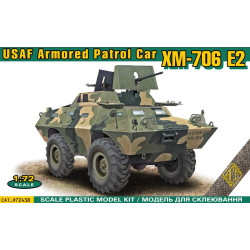

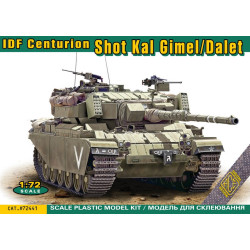
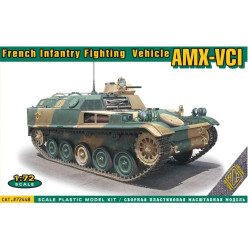
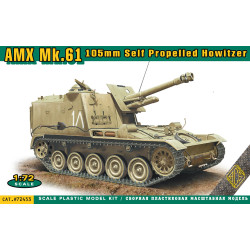
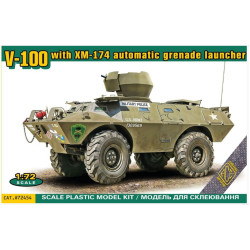

%201-250x250w.jpg)
%20scale%20plastic%20model%20kit%201-250x250w.jpg)
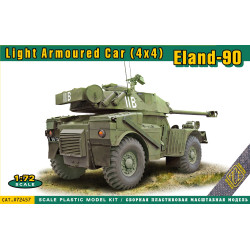
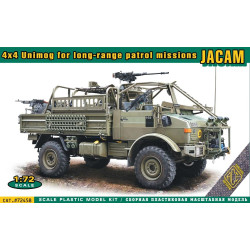
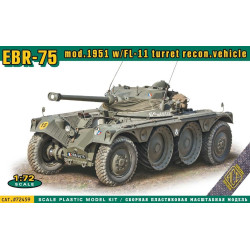
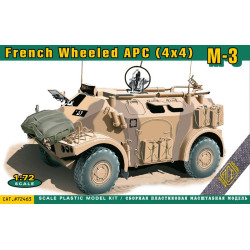

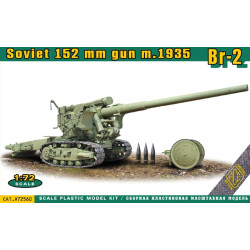
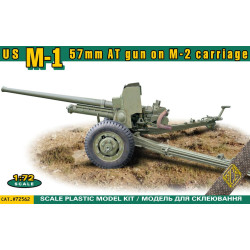
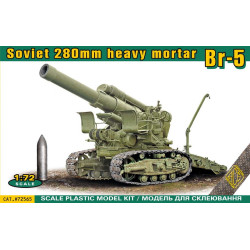

%20auf%20mZgkw%205t.1%20(1)-250x250w.jpg)
%20auf%20mZgkw%205t.1-250x250w.jpg)
